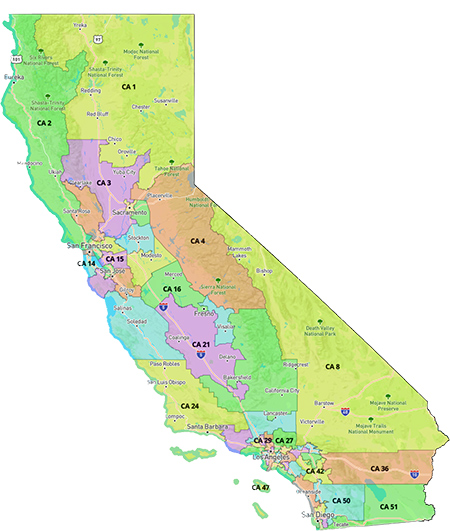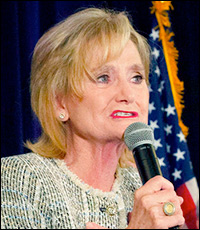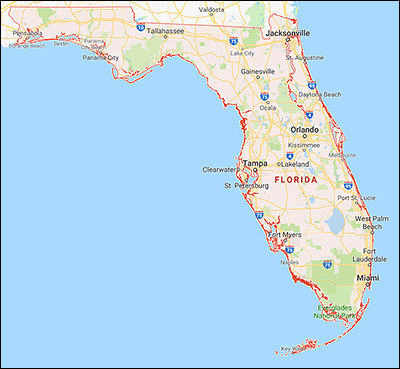By Jim Ellis
Nov. 30, 2018 — The North Carolina Board of Elections has failed to certify Republican Mark Harris’ victory in the open 9th Congressional District, action that may initiate a long legal battle.Board Vice Chairman Joshua Malcolm (D) objected to certifying Harris’ 905-vote victory over businessman Dan McCready (D) from 282,717 total votes cast. The seat was open after Harris, a Baptist former pastor and ex-US Senate and congressional candidate, defeated Rep. Bob Pittenger (R-Charlotte) in the May Republican primary.
Malcolm cited “irregularities” in Republican Bladen County, an entity that Harris carried by 1,557 votes, obviously more than his district-wide margin, as his reasoning to the other board members as to why the result should be at least temporarily suspended.
The 9th District begins in Mecklenburg County and then travels down the South Carolina border to the Fayetteville area. It includes five complete counties and parts of three others including Mecklenburg and Bladen. Harris carried only Union County and Bladen’s 9th District section, but his margins were large enough in these two places to overcome McCready’s advantage in the other six local entities.
The North Carolina Board of Elections (BoE) is a nine-member panel that has been at the center of controversy between Gov. Roy Cooper (D) and the Republican legislature. After Cooper defeated then-Gov. Pat McCrory (R), the legislators passed a series of bills that limited some of the governor’s power. One of the measures involved changing how the Board of Elections’ membership was appointed.







